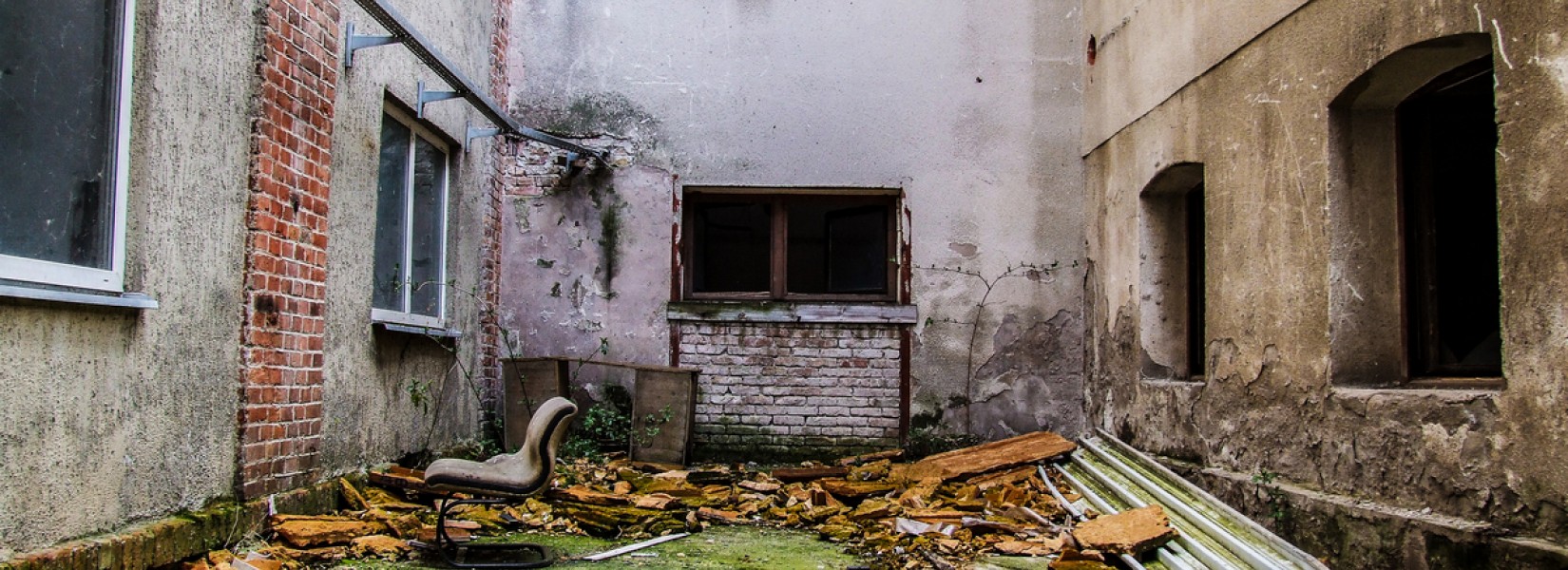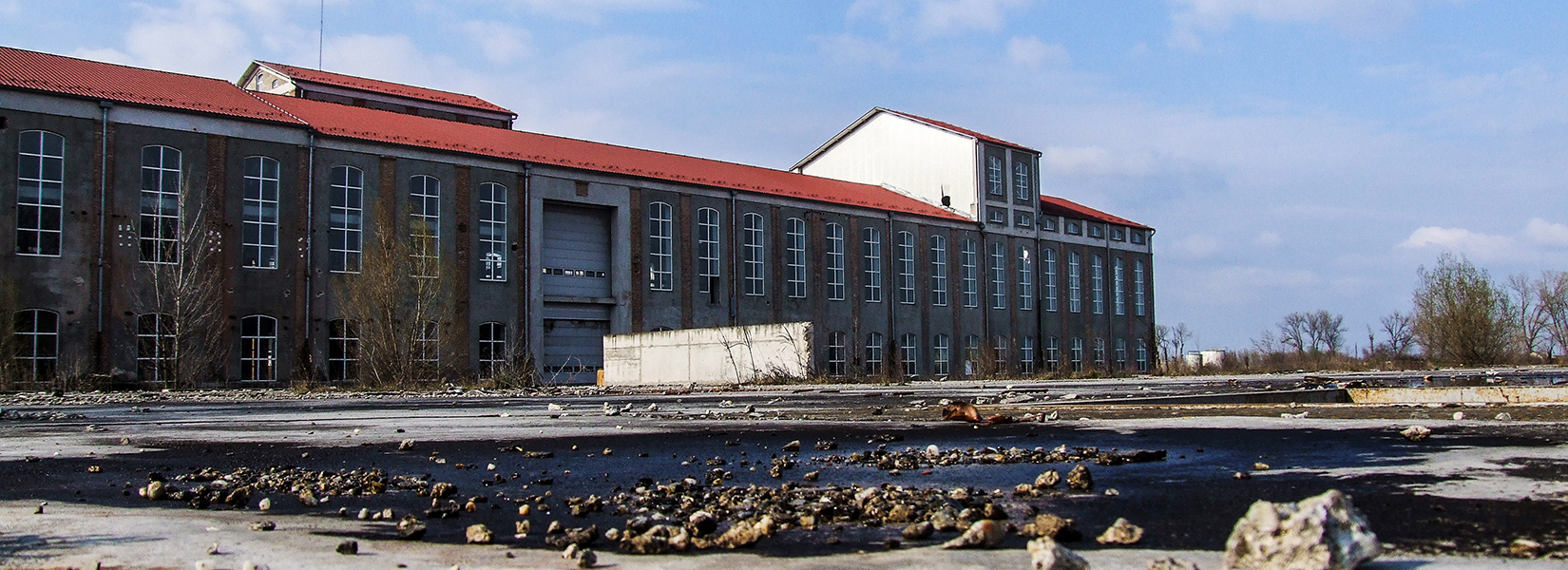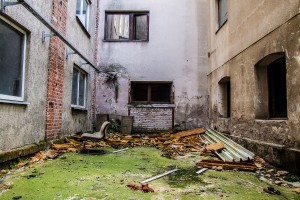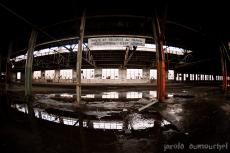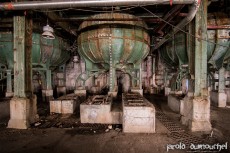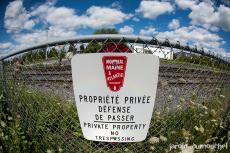Victim of the globalization of markets, the history of Stelfil Ltd. has suddenly stopped on March 28, 2008 for the factory and its hundred employees. The company has been decorated in 2002 in the Great manufacturing company category by the...
The abandoned Baranja sugar factory
National Pride
Located in the region of Baranja in Croatia, Šećerana is a settlement of 559 inhabitants near Beli Manastir. Today forgotten and half destroyed, the old Baranja Sugar factory has been built in 1898 and became a state company in 1906. Funded with the Prince Friedrich Karl of Prussia’ money, he also accepted a rate of 1,5%. Known as the greatest flourishing in the seventies and the eighties, there were more than hundred workers at its golden age.
In the 90s, the sugar plant is closed by its owner: PIK Belje. But in 2004, the plant is reopened and it starts to produce starch. The plant is finally closed few years later.
Today, half of the plant has been destroyed and Šećerana is a little town who lost more than a plant: there is no more restaurant, discotheque or bowling.
Related content
This is one of the oldest stationery in Quebec. Founded in 1851 by a american businessman, the company is composed of a half-dozen buildings on a fifteen hectares site. Saying that the site is large is an understatement, not only because it has a...
We are talking about over 5000 years of mining history in this area. The landscape has been changed forever, and it looks at some places like a alien planet where red, yellow, purple mingle with green, gray and ocher.
The ten abandoned...
Well, to be honest, the railway Montreal Maine & Atlantic Railway site we visited is not a real urbex site. At least not yet. But between you and me, it should not take long.
A story that everybody hear aboutWhether you live in...

